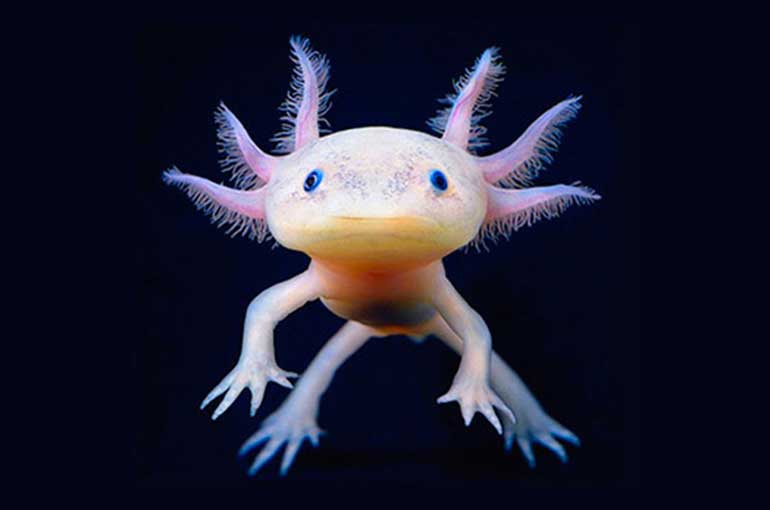Evolution: common genetic signature of animal regeneration

All animals capable of regenerating a lost body part, from an organ or a limb to the whole organism, share a common set of genes. This is the striking discovery of a team of researchers from the Center for Complexity and Biosystems (CC&B) of the University of Milan.
The capacity to replace damaged or lost parts following injury without scarring or loss of functionality is widespread among almost all animals, but with many major differences. Regeneration capabilities range from the replacement of organs, tissues, and limbs up to the complete regrowth of whole organisms from body fragments, and can vary during the life cycle and with age. In principle, every organism maintains some capability to regenerate. However, while invertebrates can regenerate complex structures and even the whole body, amphibians are the only vertebrates that can regenerate anatomically complete and fully functional tissues and organs. Mammals have the regenerative capacity to restore the function of the liver, but recover only the organ mass and not its anatomy.
“We looked at the genes involved in regeneration in different animals, in order to understand why mammals lost the ability to regrow amputated body parts”, explains Maria Rita Fumagalli, postdoc researcher at CC&B and leading author of the study, published on Systems Biology and Applications.
Researchers from CC&B selected three well-known model organisms with high regeneration capacity, hydra, planaria and sea cucumber, and analysed their genome at different times after an injury, in order to see which genes activate and at which point of the regeneration process. They then compared their results with previous data from mouse liver regeneration.
What they found is that different animals activate a similar set of genes during the early regeneration phase. This suggests that there is a remembrance of a primordial regeneration capacity that is common to all organisms, including mammals. On the other hand, genes involved during late regeneration are related to the characteristics of the specific tissue or organism considered.
CC&B researchers also investigated the genes involved in inflammatory response, which is not only a defense mechanism against external microbes, but also plays a crucial role during regeneration. Their analysis revealed that, in the early inflammatory response after injury in hydra, planaria and sea cucumber, there is an activation of genes related to immune system cells similar to the mammalian ones, like macrophages and neutrophils. Which means that, in mammals, the regenerative capacity lost during evolution might have been replaced by the presence of a complex immune response acting during tissue repair.
Altogether, this study helped uncover the presence of a set of genes whose expression and function are critical among all species during early regeneration, suggesting the importance of these genes for their survival.
“The discovery of this shared genetic signature is of great importance for the understanding of how regeneration evolved and could be useful for future regeneration therapies”, claims Caterina La Porta, professor of General Pathology at the Department of Environmental Sciences and Policy of the University of Milan and coordinator of the research. In fact, inhibiting these genes might prove to be a useful approach to treat pathologies due to excessive fibrosis in humans.
Reference
Regeneration in distantly related species: common strategies and pathways
npj Systems Biology and Applications, DOI 10.1038/s41540-017-0042-z


